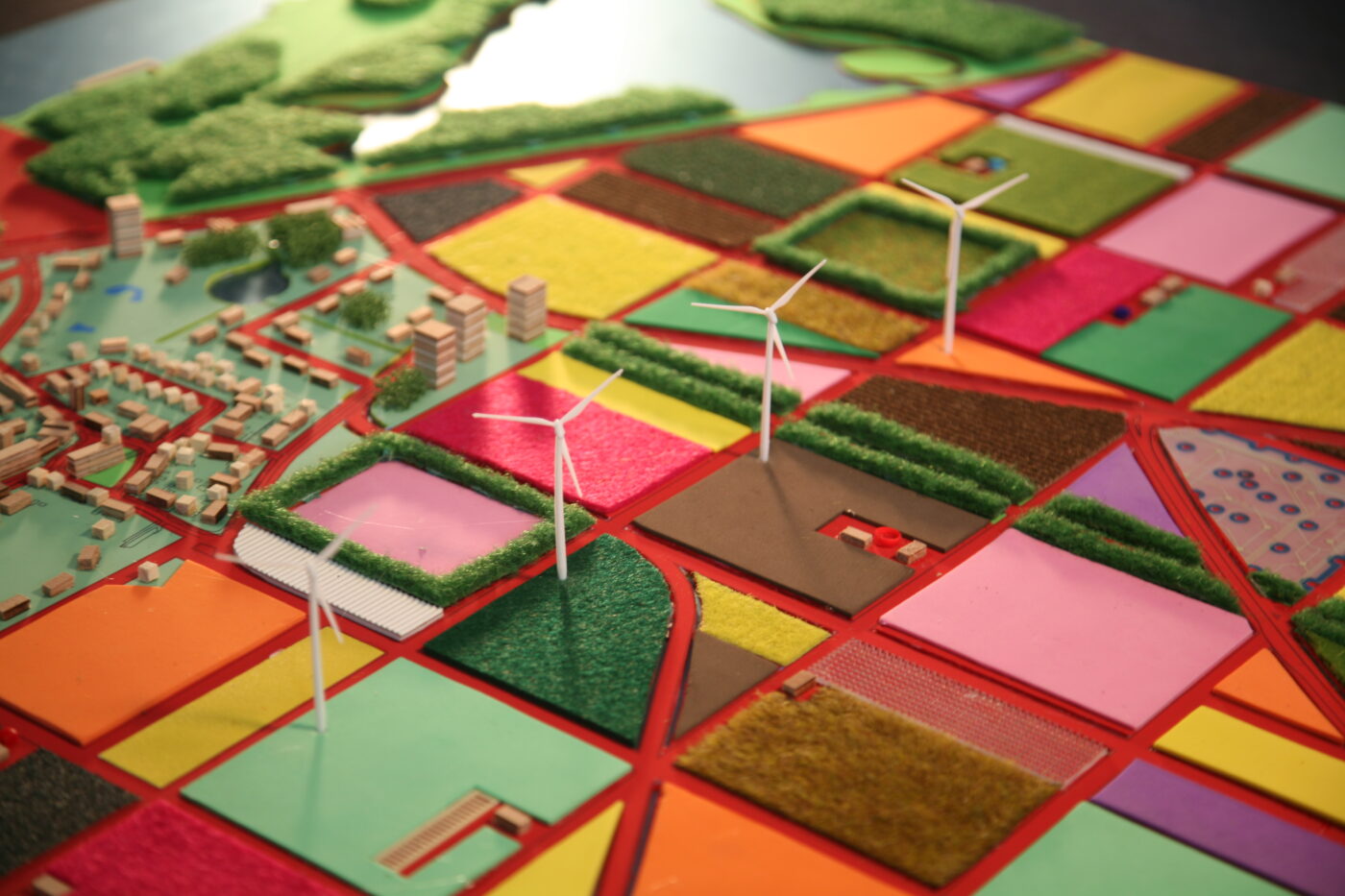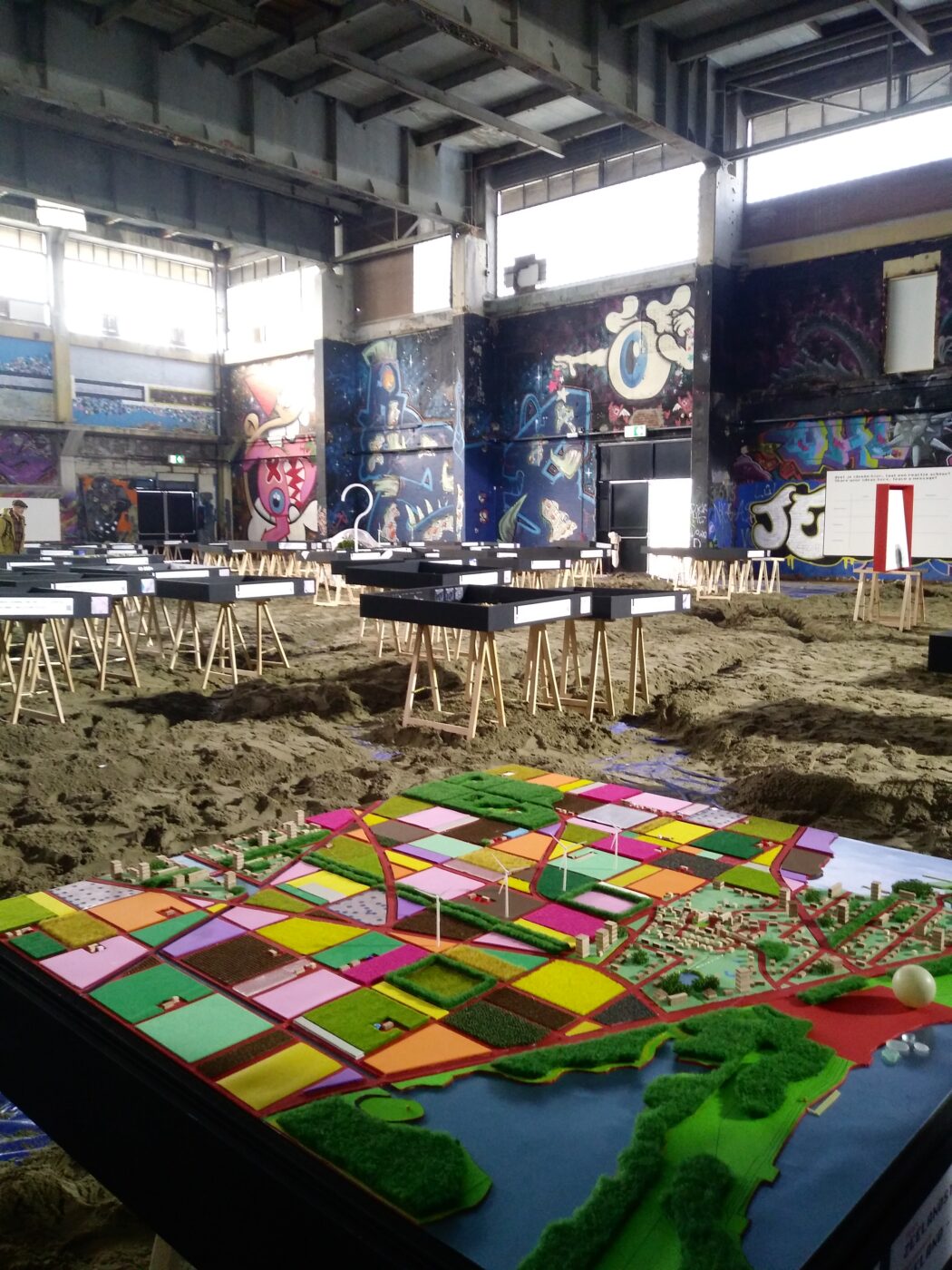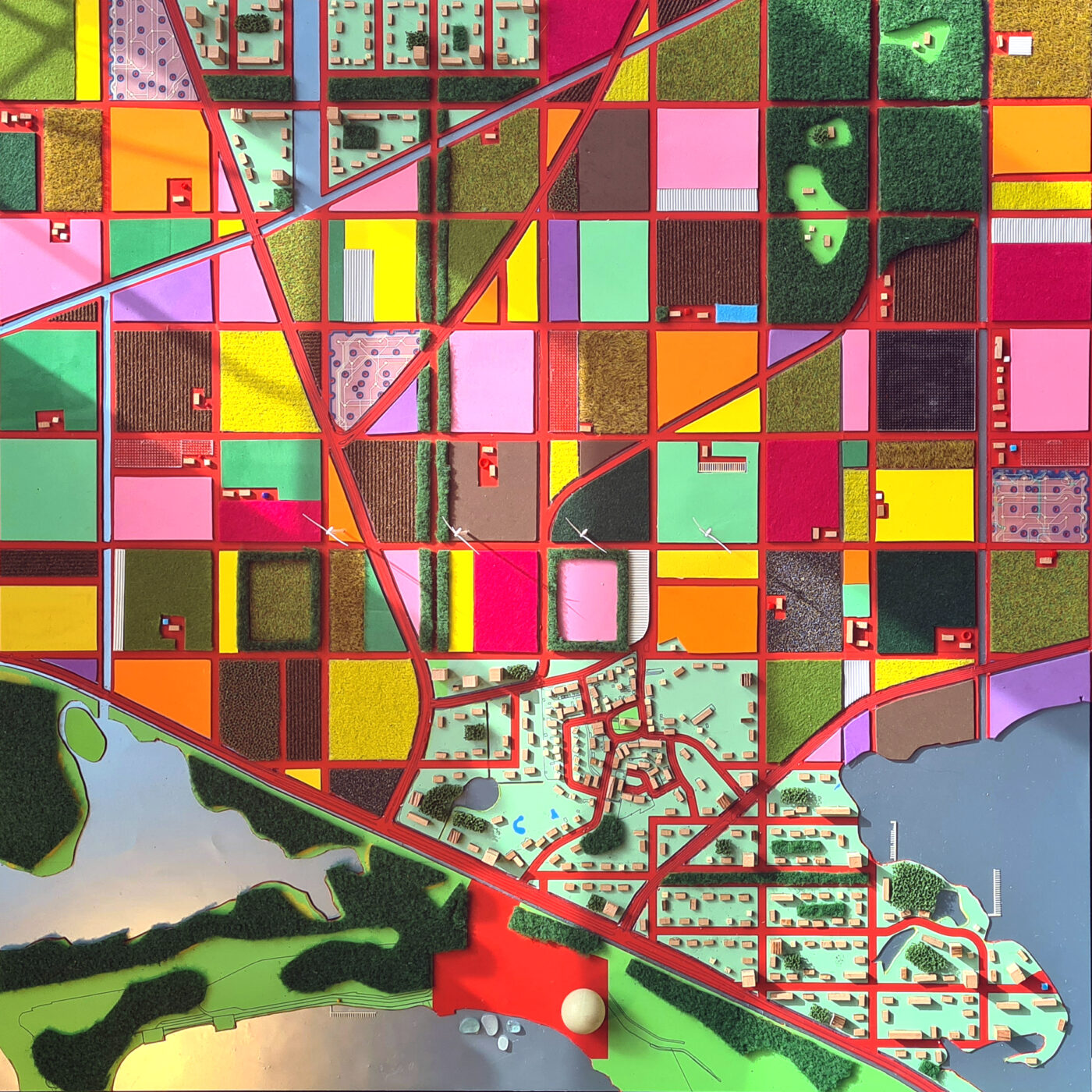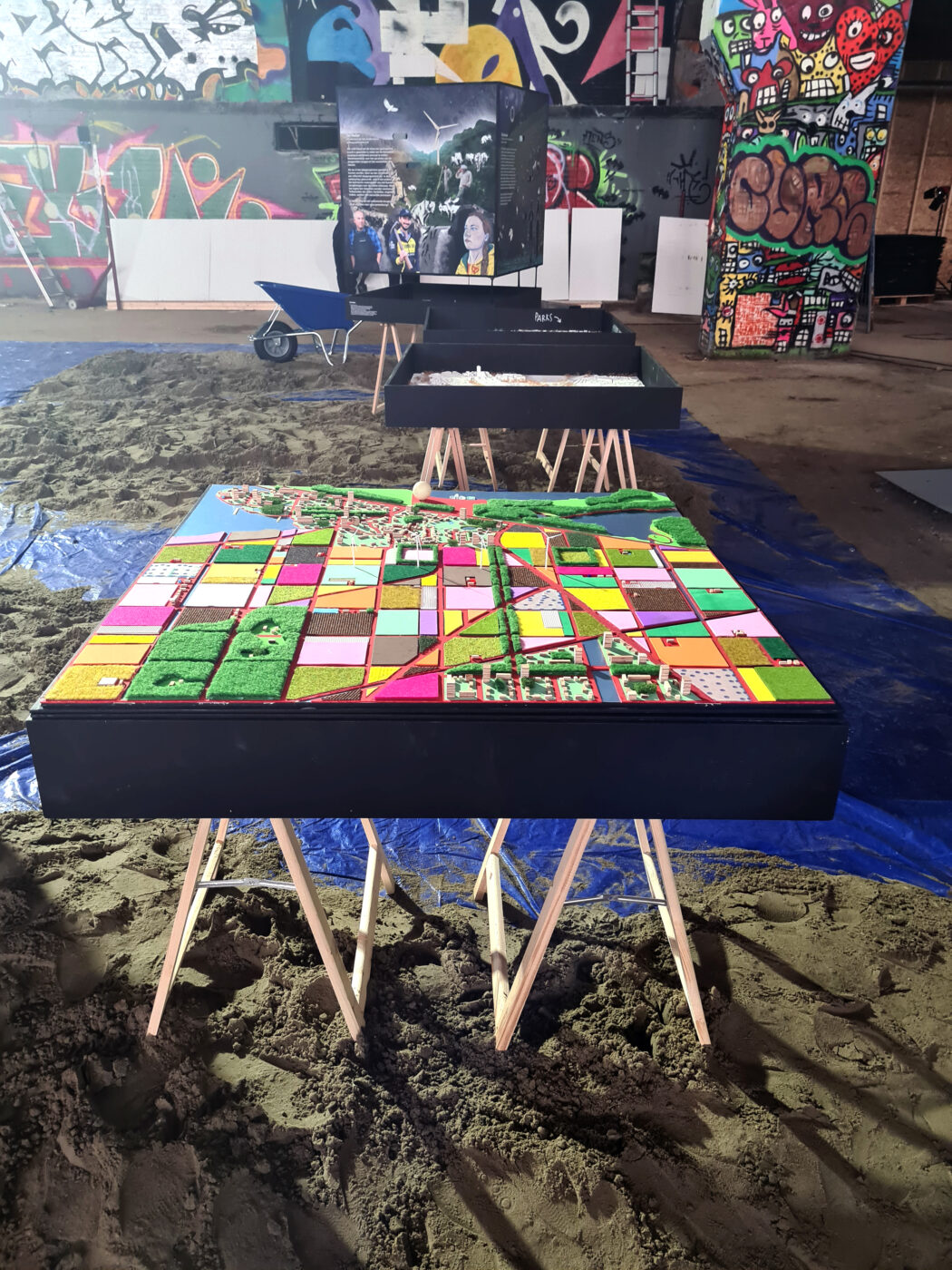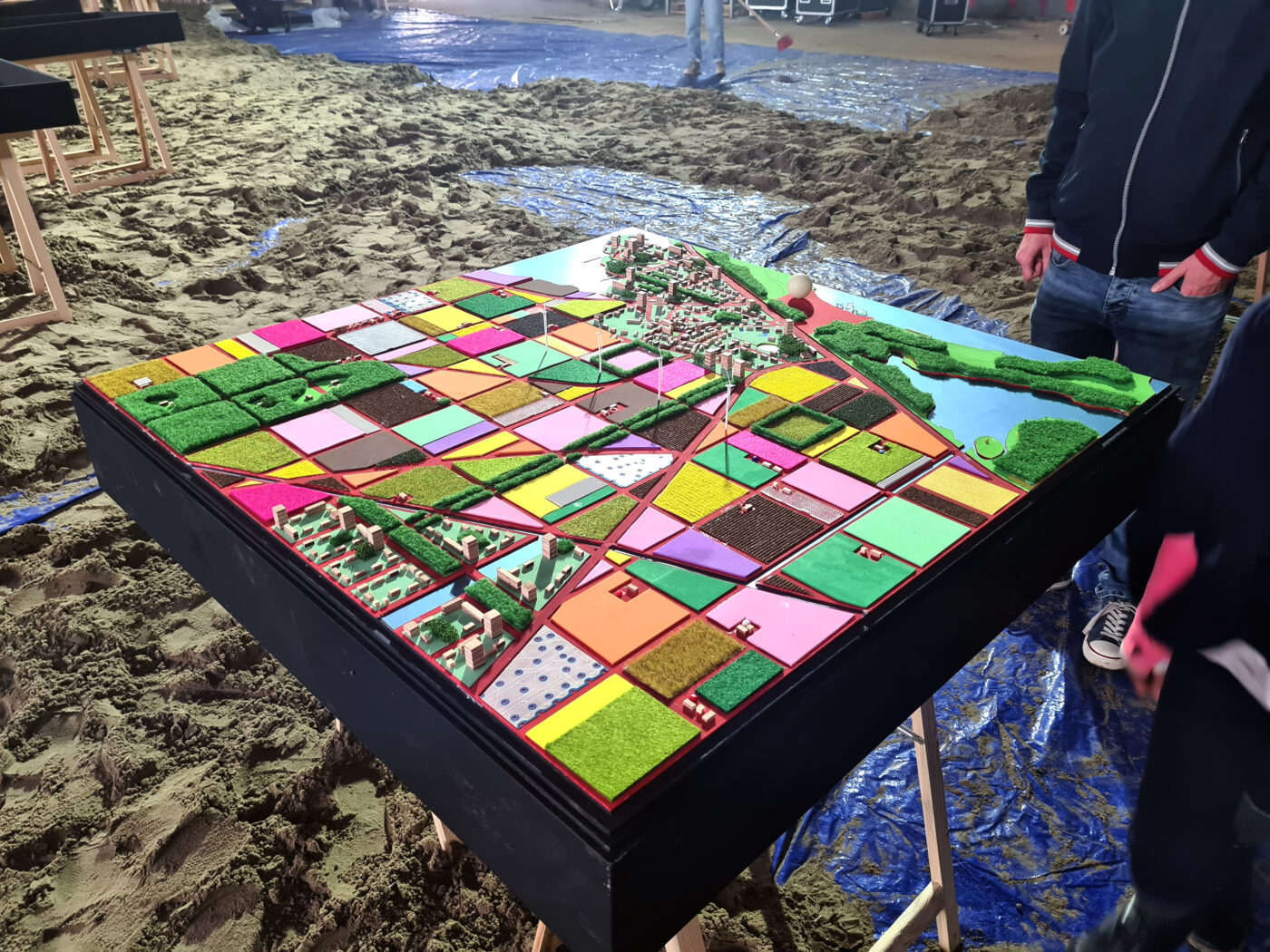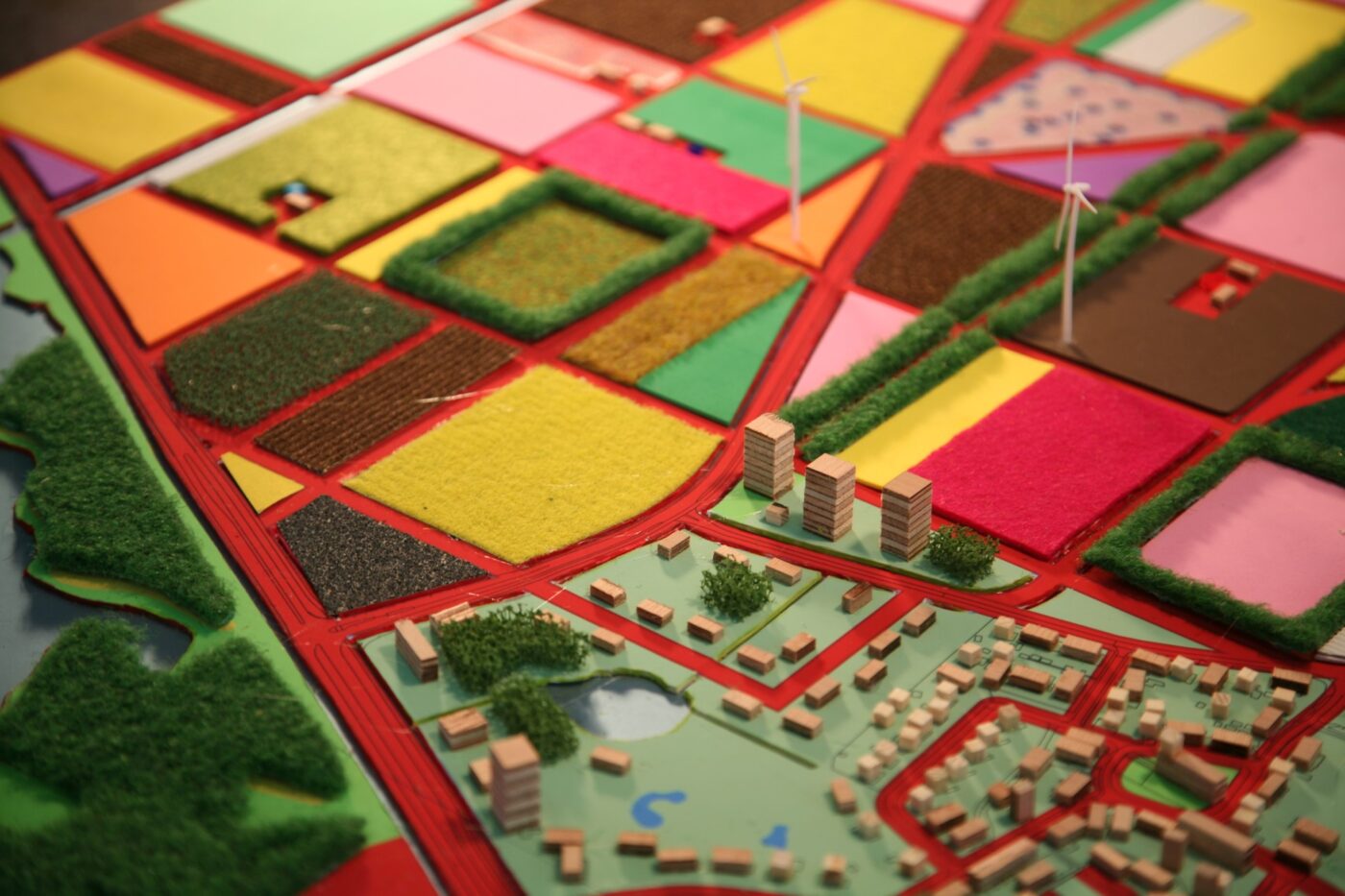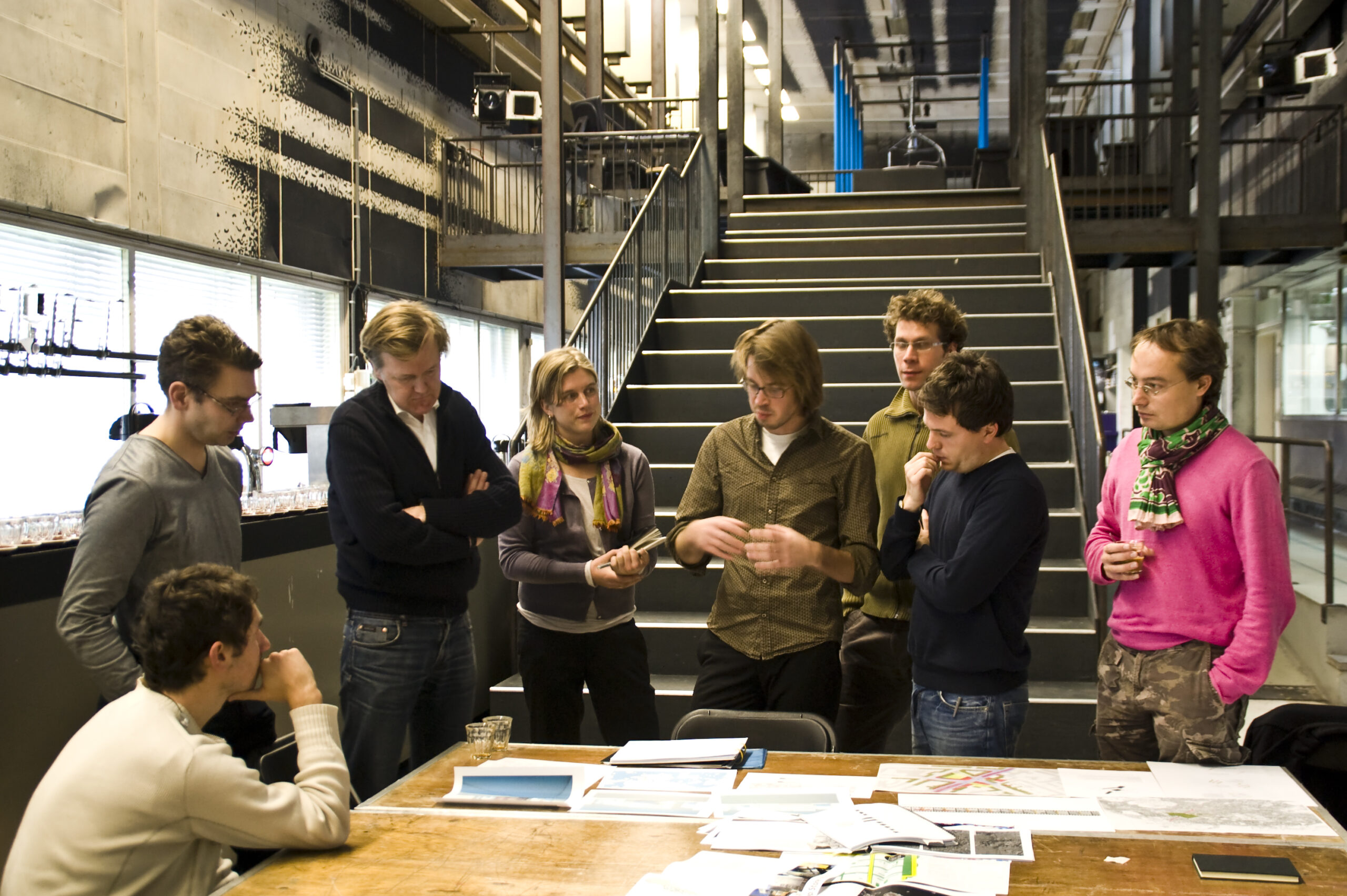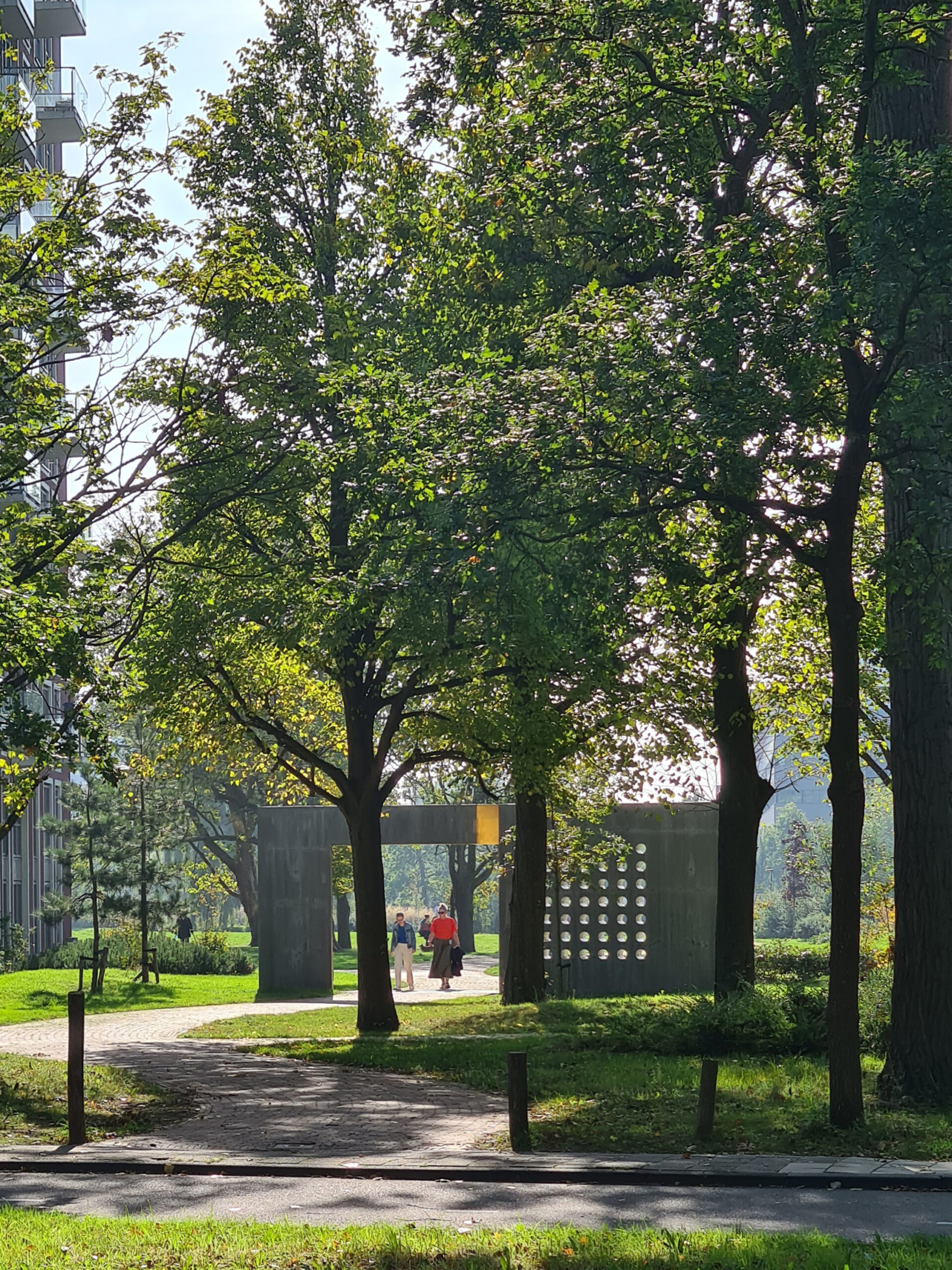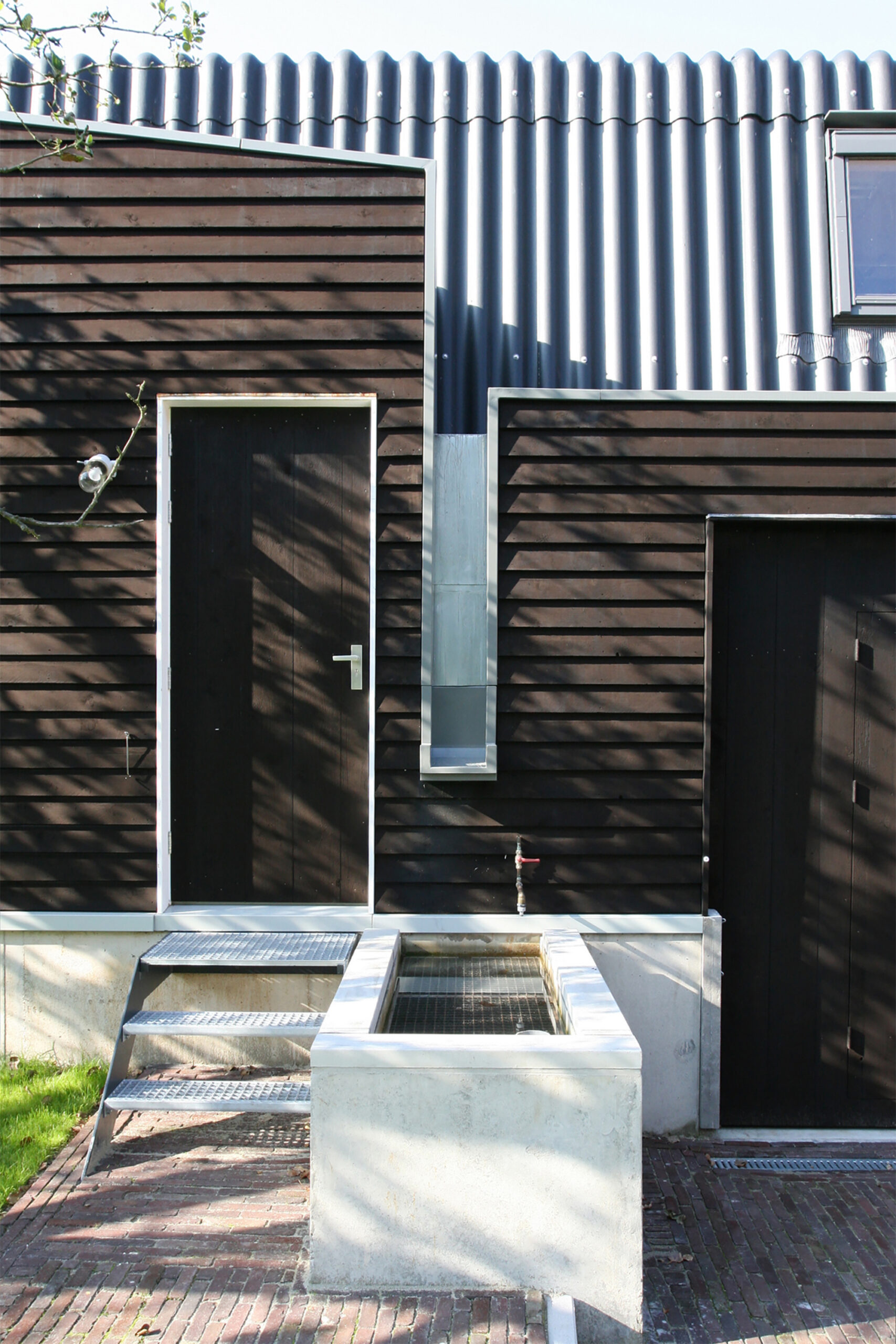Urban planning is the result of social developments. Neighborhoods and neighborhoods in our country therefore show a beautiful picture of the ideas that existed about our society in the 50s, 60s, 70s, etc. Flawless and pure, completely in line with the powerful tradition that Dutch planning has. Our entry for the Ministry of Make for the IABR 2022 is about the connection with the subsurface.
What is shocking is therefore the emptiness that can be felt in many recent plans. No neighborhood idea, no garden villages, not even cauliflower neighborhoods, but mostly series-connected streets and building blocks. Even Van Eesteren’s acclaimed Western Garden Cities in Amsterdam are being demolished to make way for anonymous street walls where ‘attractive skirting boards’ have to do the work. It is poverty, perhaps not from the designers, but at least from society. Maybe we all don’t want to be together anymore. In that case, designing for a desired future becomes a meagre affair.
Zeelandia ignores the contradictions between built-up and undevelopedNaturally, here too the question of the relevance of the research and design. Is there a demand for large-scale intervention? Yes, there is the call to do “something” fundamental. No, we are all stuck together and it is difficult to get things moving. And, the more we wish, the more frustrating reality becomes. Therefore, the call to think big as designers and to really understand reality. At the same time, looking for opportunities to initiate change, even if they are small. For the southwest delta we have made a map with the different conditions of the subsurface. Making room for bottom-up planning in which the subsurface of land and water becomes leading: spatial choices. Perhaps in the soil lies the connection we seek for the future society.
It has become fashionable to criticise Minister De Jonge and his urge to prove. The maniacal way in which the direction is taken is indeed negotiable. The near future will tell and then, if necessary, the clock can be turned back again. Where the Minister does have a point, of course, is that the structure of our country needs guidance. Just like having sufficient housing, energy supply, accessibility and safety are typical things for which you can look at a government. For a moment we thought that this was not necessary (anymore). It brought a particular paradox to spatial planning; Our planning tradition is highly regarded worldwide, but at the same time many residents find our country unclear, ugly and oppressive. In fact, we haven’t done national planning for over half a century, the 2nd Note RO from 1966 was the last time. Fragmentation has been the norm ever since. Fortunately, there were the peasants who, as guardians of our green billiard cloth, maintained our worldview. Now that the call for direction is sounding again, we should be the first to think that we no longer know how to ‘do it’. This applies not only to the government, but also to planners and urban planners. Everything and everyone is now eagerly bouncing over each other, it is in our DNA – agencies with good ideas, Delta Programmes, Spatial Exploration 2023, Design research NOVEX, housing agreements with provinces, etc., but it delivers exactly the opposite. 1001 puzzle pieces that contribute to the unbridled spatial cacophony. Designers as part of the problem. The very existence of our country, as a place of security, care and togetherness, is at stake. The Netherlands must reinvent itself. Better that the designers don’t immediately start sketching, but go back to basics and hold up the mirror to the government – what do we want to be? Not each for himself in zeal and ambition, but building something bigger together.
